Use this nursing care plan and management guide to help care for patients with personality disorders. Learn about the nursing assessment, nursing interventions, goals and nursing diagnosis for personality disorders in this guide.
What are Personality Disorders?
Personality disorders are a group of mental health conditions characterized by persistent and maladaptive patterns of behavior, cognition, and emotions that significantly impair social, occupational, and other areas of functioning. Individuals with personality disorders often experience difficulties in relating to others, regulating their emotions, and coping with stress.
Personality is defined as the differences in the characteristic patterns of behaving, feeling, and thinking of an individual.
A personality disorder is a type of mental illness in which a person’s personality traits have become rigid, inflexible, and maladaptive and can hinder the person’s perception and association with situations and people. This can cause significant problems and restrictions in the family, social activities, school, employment, and other functional roles.
Nursing Care Plans and Management
The nursing care plan varies according to the kind of personality disorder, its severity, and life situation. A collaborative intervention is needed to make sure all of the client’s social, medical, and psychiatric needs are met. The goals of the nurse for clients with personality disorders focus on establishing trust, providing safety and comfort, teaching basic living skills, and promoting responsible behavior.
Nursing Problem Priorities
The following are the nursing priorities for patients with personality disorders:
- Emotional regulation and stability. Helping patients with personality disorders develop skills to manage intense emotions and achieve emotional stability.
- Interpersonal relationships and social functioning. Addressing difficulties in establishing and maintaining healthy relationships and improving social interactions.
- Self-identity and self-esteem. Assisting individuals with personality disorders in developing a positive sense of self and improving self-esteem.
- Impulse control and self-destructive behaviors. Supporting patients in managing impulsive behaviors, self-harm tendencies, and reducing the risk of self-destructive actions.
- Cognitive distortions and maladaptive thinking patterns. Working with patients to identify and challenge negative thoughts, distorted beliefs, and maladaptive thinking patterns that contribute to their difficulties in functioning and adapting to different situations.
Nursing Assessment
Assess for the following subjective and objective data:
- See nursing assessment cues under Nursing Interventions and Actions.
Nursing Diagnosis
Following a thorough assessment, a nursing diagnosis is formulated to specifically address the challenges associated with personality disorders based on the nurse’s clinical judgment and understanding of the patient’s unique health condition. While nursing diagnoses serve as a framework for organizing care, their usefulness may vary in different clinical situations. In real-life clinical settings, it is important to note that the use of specific nursing diagnostic labels may not be as prominent or commonly utilized as other components of the care plan. It is ultimately the nurse’s clinical expertise and judgment that shape the care plan to meet the unique needs of each patient, prioritizing their health concerns and priorities.
Nursing Goals
Goals and expected outcomes may include:
- The patient will be free of self-inflicted injury.
- The patient will participate in impulse control training.
- The patient will participate in coping skills training.
- The patient will seek help when experiencing self-destructive impulses.
- The patient will discuss alternative ways a client can meet the demands of the current situation.
- The patient will express feelings related to stress and tension instead of acting-out behaviors.
- The patient will sign a “no-harm” contract that identifies steps he or she will take when urges return.
- The patient will respond to external limits.
- The patient will participate in the therapeutic regimen.
- The patient will demonstrate decreased frequency and intensity of the self-inflicted injury.
- The patient will demonstrate two new coping skills that work for the client when tension mounts and impulse returns.
- The patient will identify one skill he or she will work on to meet future goals.
- The patient will identify two cognitive distortions that affect self-image.
- The patient will identify three strengths in work/school life.
- The patient will reframe and dispute one cognitive distortion with the nurse.
- The patient will set one realistic goal with the nurse that he or she wishes to pursue.
- The patient will state a willingness to work on two realistic future goals.
- The patient will identify one new skill he or she has learned to help meet personal goals.
- The patient will demonstrate the ability to reframe and dispute cognitive distortions with the assistance of a nurse/clinician.
- The patient will identify and express feelings as they occur with the nurse.
- The patient will identify two personal behaviors that are responsible for relationship difficulties within two weeks.
- The patient will identify one specific area that requires change.
- The patient will verbalize decreased suspicions and increased security.
- The patient will begin to demonstrate an increase in nonviolent behaviors as evidenced by a reduction in reported outbursts.
- The patient will begin to demonstrate a reduction in manipulative behaviors as evidenced by the nurse/staff.
- The patient will state that he or she is willing to continue in follow-up therapy.
- The patient will keep follow-up appointments.
- The patient will demonstrate, with the aid of the nurse/clinician, the ability to identify at least two unacceptable social behavior (manipulation, splitting, demeaning attitudes, angry acting out) that the client is willing to change.
- The patient will work with the nurse/clinician on substituting positive behaviors for those unacceptable behaviors identified earlier on an ongoing basis.
- The patient will identify behaviors leading to hospitalization.
- The patient will have an increase in the frequency of expressing needs directly without ulterior motives.
- The patient will learn and master skills that facilitate functional behavior.
- The patient will demonstrate an increase in impulse control.
- The patient will demonstrate the use of a newly learned coping skill to modify anxiety and frustration.
- The patient will demonstrate decreased manipulative, attention-speaking behaviors.
- The patient will not act out anger toward others while hospitalized.
- The patient will remain safe while hospitalized.
- The patient will spend time with the nurse and focus on one thing he or she would like to change.
- The patient will state that he/she will continue the treatment on an outpatient basis.
- The patient will talk about feelings and perceptions and not act on them at least twice.
- The patient will focus on one problem and work through the problem-solving process with the nurse.
- The patient will practice the substitution of functional skills for times of increased anxiety with the nurse.
Nursing Interventions and Actions
Therapeutic interventions and nursing actions for patients with personality disorders may include:
1. Promoting Safety Measures and Preventing Self-Directed Violence
Patients with a history of self-injury may continue to engage in self-mutilation as a maladaptive coping mechanism for emotional distress. In cases of abuse, the patient may engage in self-injury as a way to exert control over their own body, while those with mental retardation may engage in self-injury as a result of an inability to communicate emotional distress effectively. Attention-seeking behaviors may also contribute to self-injury as a means of eliciting a response from caregivers or loved ones.
Assess the client’s history of self-mutilation which includes: types of mutilating behaviors, frequency behaviors, and stressors preceding behavior.
Identifying patterns and circumstances surrounding self-injury can help the nurse plan interventions and teaching strategies suitable to the client.
Identify feelings experienced before and around the act of self-mutilation.
Feelings are a guideline for future intervention (e.g., rage at feeling left out or abandoned).
Explore with the client what these feelings might mean.
Self-mutilation might also be a way to gain control over others, a way to feel alive through pain, and an expression of self-hate or guilt.
Secure a written or verbal no-harm contract with the client. Identify specific steps (e.g., persons to call upon when prompted to self-mutilate).
The client is encouraged to take responsibility for healthier behavior. Talking to others and learning alternative coping skills can reduce frequency and severity until such behavior ceases.
Set and maintain limits on acceptable behavior and make clear the client’s responsibilities. If the client is hospitalized at the time, be clear regarding the unit rules.
Clear and nonpunitive limit setting is essential for decreasing negative behaviors.
Be consistent in maintaining and enforcing the limits, using a nonpunitive approach.
Consistency can establish a sense of security.
Use a matter-of-fact approach when self-mutilation occurs. Avoid criticizing or giving sympathy.
A neutral approach prevents blaming, which increases anxiety, giving special attention that encourages acting out.
After the treatment of the wound, discuss what happened right before, and the thoughts and feelings that the client had immediately before self-mutilating.
Identifies dynamics for both client and clinician. Allows the identification of less harmful responses to help relieve intense tensions.
Work out a plan identifying alternatives to self-mutilating behaviors.
The plan is periodically reviewed and evaluated. Offers a chance to deal with feelings and struggles that arise.
- Anticipate certain situations that might lead to increased stress (e.g., feeling overwhelmed, rejected, tense, or rage).
Anticipation can help the patients be better prepared to manage those situations without resorting to self-mutilation. - Identify actions that might modify the intensity of such situations.
Learning and practicing coping skills like deep breathing, meditation, or mindfulness can help decrease stress and manage difficult emotions. - Identify two or three people the client can contact to discuss and examine intense feelings (rage, self-hate) when they arise.
Discussing intense emotions with others can help the client learn coping strategies for dealing with difficult emotions and avoid self-mutilation.
2. Providing Therapeutic Communication
Patients with personality disorders, particularly those with avoidant and dependent patterns, may experience low self-esteem due to a history of abuse or neglect that can contribute to negative self-perceptions and a lack of realistic ego boundaries. These individuals may struggle to establish a sense of self-worth and independence, leading to feelings of inadequacy and low self-esteem. Additionally, their negative self-beliefs may be reinforced by a tendency to avoid or depend on others, limiting opportunities for personal growth and validation. Patients with personality disorders may also experience poor social interaction due to a variety of factors, including difficulties with emotional regulation, poor impulse control, and a lack of empathy for others. These individuals may also struggle with maintaining stable and meaningful relationships, often experiencing intense and unstable interpersonal conflicts or a fear of abandonment. Finally, the rigid and inflexible thinking patterns associated with many personality disorders can make it difficult for individuals to adapt to social norms and expectations, leading to further difficulties in social interactions.
Assess with clients their self-perception. Target different areas of the client’s life: strengths and weaknesses in performance at work/school daily-life tasks and strengths and weaknesses as to physical appearance, sexuality, and personality.
Identify with the client realistic areas of strength and weaknesses. The client and nurse can work on the realities of the self-appraisal, and target those areas of assessment that do not appear accurate.
Review with the client the types of cognitive distortions that affect self-esteem (e.g., self-blame, mind reading, overgeneralization, selective inattention, and all-or-none thinking).
These are the most common cognitive distortions people use. Identifying them is the first step to correcting distortions that form one’s self-view.
Maintain a neutral, calm, and respectful manner, although with some clients this is easier said than done.
Helps the client see himself or herself as respected as a person even when behavior might not be appropriate.
Teach the client to reframe and dispute cognitive distortions. Disputes need to be strong, specific, and nonjudgmental.
Practice and belief in disputes over time help clients gain a more realistic appraisal of events, the world, and themselves.
Work with the client to recognize cognitive distortions. Encourage the client to keep a log.
Cognitive distortions are automatic. Keeping a log helps make automatic, unconscious thinking clear.
Keep in mind clients with personality disorders might defend against feelings of low self-esteem through blaming, projection, anger, passivity, and demanding behaviors.
Many behaviors seen in PD clients cover a fragile sense of self. Often these behaviors are the crux of clients’ interpersonal difficulties in all their relationships.
Discourage the client from making repetitive self-blaming and negative remarks.
Unacceptable behavior does not make the client a bad person, it means that the client made some poor choices in the past.
Discourage the client from dwelling on and “relieving” past mistakes.
The past cannot be changed. Dwelling on past mistakes prevents the client from appraising the present and planning for the future.
Discuss with the client his or her plans for the future. Work with the client to set realistic short-term goals. Identify skills to be learned to help the client reach his or her goals.
Looking toward the future minimizes dwelling on the past and negative self-rumination. When realistic short-term goals are met, the client can gain a sense of accomplishment, direction, and purpose in life. Accomplishing goals can bolster a sense of control and enhance self-perception.
Focus questions in a positive and active light; helps the client refocus on the present and look to the future. For example. “What can you do differently now?” or “What have you learned from that experience?”.
Allows the client to look at past behaviors differently, and gives the client a sense that he or she has choices in the future.
Give the client honest and genuine feedback regarding your observations as to his or her strengths, and areas that could use additional skills.
Feedback helps give clients a more accurate view of self, strengths, and areas to work on, as well as a sense that someone is trying to understand them.
Do not flatter or be dishonest in your appraisals.
Dishonesty and insincerity undermine trust and negatively affect any therapeutic alliance.
Set goals realistically, and renegotiate goals frequently. Remember that client’s negative self-view and distrust of the world took years to develop.
Unrealistic goals can set up hopelessness in clients and frustrations in nurse clinicians. Clients might blame the nurse for not “helping them,” and nurses might blame the client for not “getting better”.
Monitor your own thoughts and feelings constantly regarding your response to the PD client. Supervision is strongly recommended for new and seasoned clinicians alike when working with PD clients.
Strong and intense countertransference reactions to PD clients are bound to occur. When the nurse is enmeshed in his or her own strong reactions toward the client (either positive or negative), nurse effectiveness suffers, and the therapeutic alliance might be threatened.
Assess the need for and encourage skills training workshops.
Skills training workshops offer the client wants to increase social skills through role play and interactions with others who are learning similar skills. This often acts as a motivating factor where positive feedback and helpful suggestions are readily available.
Set limits on any manipulative behaviors such as arguing or begging, angry, demanding behaviors flattery or seductiveness, instilling guilt, clinging, constantly seeking attention, pitting one person, staff, or group against another, frequently disregarding the rules, and constant engagement in power struggles.
From the beginning, limits need to be clear. It will be necessary to refer to these limits frequently because it is to be expected that the client will test these limits repeatedly
Expand limits by clarifying expectations for clients in a number of settings.
When time is taken in initial meetings to clarify expectations, confrontations, and power struggles with clients can be minimized and even avoided.
In a respectful, neutral manner, explain expected client behaviors, limits, and responsibilities during sessions with the nurse clinician. Clearly state the rules and regulations of the institution and the consequences when these rules are not adhered to.
From the beginning, clients need to have explicit guidelines and boundaries for expected behaviors on their part, as well as what clients can expect from the nurse. Clients need to be fully aware that they will be held responsible for their behaviors.
Collaborate with the client, as well as the multidisciplinary team, to establish a reward system for compliance with clearly defined expectations.
Tangible reinforcement for meeting expectations can strengthen the client’s positive behaviors.
Problem-solve and role-play with the client acceptable social skills that will help obtain needs effectively and appropriately.
Over time, alternative ways of experiencing interpersonal relationships might emerge. Take one small skill that the client is willing to work on, break it down into small parts, and work on it with the client.
Understand that PD clients in particular will be resistant to change and that this is symptomatic of PDs. This is particularly true in the beginning phases of therapy.
Responding to the client’s resistance and seeming lack of change in a neutral manner is part of the foundation for trust. In other words, the nurse does not have a vested interest in the client “getting better.”. The nurse remains focused on the client’s needs and issues in any event.
Intervene in manipulative behavior.
Clients will test limits, and, once they understand that the limits are solid, this understanding can motivate them to work on other ways to get their needs met. Hopefully, this will be done with the nurse clinician through problem-solving alternative behaviors and learning new effective communication skills.
- All limits should be adhered to by all staff involved.
All staff involved in a patient’s care must comply with clear and consistent limits. This can prevent the patient from exploiting staff members and promote a therapeutic relationship built on trust and respect. - Objective physical signs in managing clinical problems should be carefully documented.
Objective physical assessments can help the nurse identify potential risks or complications and can facilitate communication with other members of the healthcare team. - Behaviors should be documented objectively (give times, dates, and circumstances).
This can provide an accurate and detailed record of the patient’s condition and behaviors, which can inform treatment decisions and protect staff from false accusations or legal challenges. - Provide clear boundaries and consequences.
This is done to establish a therapeutic relationship built on trust and respect, as well as to ensure the safety of both the patient and the healthcare team. This can also promote accountability and help the patient develop more adaptive coping mechanisms for managing their behavior. - Enforce the consequences.
To promote a safe and therapeutic environment, and to help the patient understand the impact of their behavior on themselves and others. This intervention can also provide opportunities for the development of more adaptive coping strategies.
3. Promoting Effective Coping
Patients with a personality disorder may have ineffective coping mechanisms due to their difficulty in regulating emotions and their tendency to engage in maladaptive behaviors such as self-harm or substance abuse. In addition, patients may have a distorted sense of self or negative beliefs about themselves and the world, which can contribute to their struggles in coping with stressors. Finally, the complex and chronic nature of personality disorders may require ongoing and specialized treatment that can be challenging to access or adhere to.
Review intervention guidelines for each personality disorder in this chapter.
All clients are individuals, even within the same diagnostic category. However, guidelines for specific categories are helpful for planning.
Identify behavioral limits and behaviors that are expected.
The client needs a clear structure. Expect frequent testing of limits initially. Maintaining limits can enhance feelings of safety in the client.
Identify what the client sees as the behaviors and circumstances that lead to the hospitalization.
Ascertain the client’s understanding of behaviors and responsibility for own action.
Ascertain from family/friends how the person interacts with significant people. Is the client always withdrawn, distrustful, hostile, have continuous physical complaints?
Identifying baseline behaviors help with setting goals.
Approach the client in a consistent manner in all interactions.
Enhances feelings of security and provides structure. Exceptions encourage manipulative behavior.
Refrain from sharing personal information with the client.
Open up areas for manipulation and undermines professional boundaries.
Be aware of flattery as an attempt to feed into your needs to feel special.
Giving into the client’s thinking that you are “the best” or “the only one” can pit you against other staff and undermine the client’s need for limits.
Do not receive any gift from the client.
Again, clouds the boundaries and can give the client the idea that he or she is a due special consideration.
If the client becomes seductive, reiterate the therapeutic goals and boundaries of treatment.
The client is in the hospital/clinic for a reason. Being taken in by seductive behavior undermines the effectiveness of the treatment.
Be clear with the client as to the unit/hospital/clinic policies. Give brief concrete reasons for the rules, if asked, and then move on.
Institutional policies provide structure and safety.
Be very clear about the consequences if policies/limits are not adhered to.
The client needs to understand the consequences of breaking the rules.
When limits or policies are not followed, enforce the consequences in a matter-of-fact, nonjudgmental manner.
Enforces that the client is responsible for his or her own actions.
Make a clear and concrete written plan of care so other staff can follow.
Helps minimize manipulations and might help encourage cooperation.
If feasible, devise a care plan with the client.
If goals and interventions are agreed upon, cooperation with the plan is optimized.
If the client becomes hostile or projects blame onto the staff, project a neutral, calm demeanor, and avoid power struggles. Focus on the client’s underlying feelings.
Defuses tension and opens up productive interaction.
When appropriate, try to understand underlying feelings prompting inappropriate behaviors.
Often acting out behaviors stem from underlying feelings of anger, fear, shame, insecurity, loneliness, etc. Talking about feelings can lead to problem-solving and growth for the client.
Some clients might attempt to instill guilt when they do not get what they want. Remain neutral but firm.
Nurses often want to be seen as “nice” However, being professional and maintaining limits is the better therapeutic approach.
Keep goals very realistic and go in small steps. There are no overnight successes with people with personality disorders.
It can take a long time to positively change ingrained, life-long, maladaptive habits; however, change is always possible.
Work with the client on problem-solving skills using a situation that is bothering the client. Go step by step: define the problem, then explore alternatives, and make decisions.
The client might not know how to articulate the problem. Helping identify alternatives gives the client a sense of control. Evaluating the pros and cons of the alternatives facilitates choosing potential solutions.
When the client is ready and interested, teach the client coping skills to help defuse tension and trouble feelings (e.g., anxiety reduction, and assertiveness skills).
Increasing skills help the client use healthier ways to defuse tensions and get needs met.
Guard against personal feelings of frustration and lack of progress.
Change is often very slow and may seem to take longer than it actually is. Nurture yourself outside the job. Keep your “bucket” full of laughter and high regard from family and friends.
Understand that many people with personality disorders do not stay with the treatment and often come to facilities because of a crisis or court order.
Even short encounters with therapeutic persons can make a difference when a client is ready to learn more adaptive ways of living his or her life.
Give the client positive attention when behaviors are appropriate and productive. Avoid giving any attention (when possible and not dangerous to self or others) when the client’s behaviors are inappropriate.
Reinforcing positive behaviors might increase the likelihood of repetition. Ignoring negative behaviors (when feasible) robs the client of even negative attention.
Assess for self-mutilating or suicidal thoughts or behaviors.
Self-mutilating and suicide threats are common behaviors for clients with Borderline Personality Disorder BPD.
Clients with BPD can be manipulative.
The consistent limit setting helps provide structure and decrease negative behaviors.
Encourage the client to explore feelings and concerns (e.g., identify fears, loneliness, and self-hate).
The client is used to acting out feelings.
Be nonjudgmental and respectful when listening to the client’s feelings, thoughts, or complaints.
Clients have an intense fear of rejection.
Use assertiveness when setting limits on clients’ unreasonable demands for attention and time.
Firm, clear, nonjudgmental limits give client structure.
Interventions often call for responses to the client’s intense and labile mood swings, irritability, depression, and anxiety:
Many of the dysfunctional behaviors of BPD clients (e.g., parasuicidal, anger, manipulation, substance abuse) are used as “behavioral solutions” to intense pain.
- Irritability, anger: Use interventions early before anxiety and anger escalate.
Clients with BPD are extremely uncomfortable and want immediate relief from painful feelings. Anger is a response to this pain. Intervening early can help avoid escalation. - Depression: The client might need medications to help curb depression. Observe for side effects and mood levels.
Most clients with BPD suffer profound depression. - Anxiety: Teach stress-reduction techniques such as deep breathing relaxation, meditation, and exercise.
Clients experience intense anxiety and fear of abandonment. Stress reduction techniques help the client focus more clearly.
Provide and encourage the client to use professionals in other disciplines such as social services, vocational rehabilitation, social work, or the law.
Clients with BPD often have multiple social problems. Often they do not know how to obtain these services.
Clients with BPD benefit from coping skills training (e.g., anger management skills, emotional regulation skills, interpersonal skills). Provide referrals and/or involve professional experts.
The client learns to refine skills in changing behaviors, emotions, and thinking patterns associated with problems in living that are causing distress and misery.
Clients with BPD often drop out of treatment prematurely. However, when they return, they can still draw upon what they have learned from previous encounters with healthcare personnel.
Clients might become impatient and leave, then return in a crisis situation. It is a good thing when they are able to tolerate longer periods of learning.
Treatment of substance abuse is best handled by well-organized treatment systems, not by an individual nurse/clinician.
Keeping detailed records and having a team involved with each client can minimize manipulation.
Recommended Resources
Recommended nursing diagnosis and nursing care plan books and resources.
Disclosure: Included below are affiliate links from Amazon at no additional cost from you. We may earn a small commission from your purchase. For more information, check out our privacy policy.
Ackley and Ladwig’s Nursing Diagnosis Handbook: An Evidence-Based Guide to Planning Care
We love this book because of its evidence-based approach to nursing interventions. This care plan handbook uses an easy, three-step system to guide you through client assessment, nursing diagnosis, and care planning. Includes step-by-step instructions showing how to implement care and evaluate outcomes, and help you build skills in diagnostic reasoning and critical thinking.

Nursing Care Plans – Nursing Diagnosis & Intervention (10th Edition)
Includes over two hundred care plans that reflect the most recent evidence-based guidelines. New to this edition are ICNP diagnoses, care plans on LGBTQ health issues, and on electrolytes and acid-base balance.

Nurse’s Pocket Guide: Diagnoses, Prioritized Interventions, and Rationales
Quick-reference tool includes all you need to identify the correct diagnoses for efficient patient care planning. The sixteenth edition includes the most recent nursing diagnoses and interventions and an alphabetized listing of nursing diagnoses covering more than 400 disorders.

Nursing Diagnosis Manual: Planning, Individualizing, and Documenting Client Care
Identify interventions to plan, individualize, and document care for more than 800 diseases and disorders. Only in the Nursing Diagnosis Manual will you find for each diagnosis subjectively and objectively – sample clinical applications, prioritized action/interventions with rationales – a documentation section, and much more!

All-in-One Nursing Care Planning Resource – E-Book: Medical-Surgical, Pediatric, Maternity, and Psychiatric-Mental Health
Includes over 100 care plans for medical-surgical, maternity/OB, pediatrics, and psychiatric and mental health. Interprofessional “patient problems” focus familiarizes you with how to speak to patients.

See also
Other recommended site resources for this nursing care plan:
- Nursing Care Plans (NCP): Ultimate Guide and Database MUST READ!
Over 150+ nursing care plans for different diseases and conditions. Includes our easy-to-follow guide on how to create nursing care plans from scratch. - Nursing Diagnosis Guide and List: All You Need to Know to Master Diagnosing
Our comprehensive guide on how to create and write diagnostic labels. Includes detailed nursing care plan guides for common nursing diagnostic labels.
Other care plans for mental health and psychiatric nursing:
- Alcohol Withdrawal | 5 Care Plans
- Anxiety and Panic Disorders | 7 Care Plans
- Bipolar Disorders | 6 Care Plans
- Major Depression | 9 Care Plans UPDATED!
- Personality Disorders | 4 Care Plans
- Schizophrenia | 6 Care Plans UPDATED!
- Sexual Assault | 1 Care Plan
- Substance Dependence and Abuse | 8 Care Plans UPDATED!
- Suicide Behaviors | 3 Care Plans
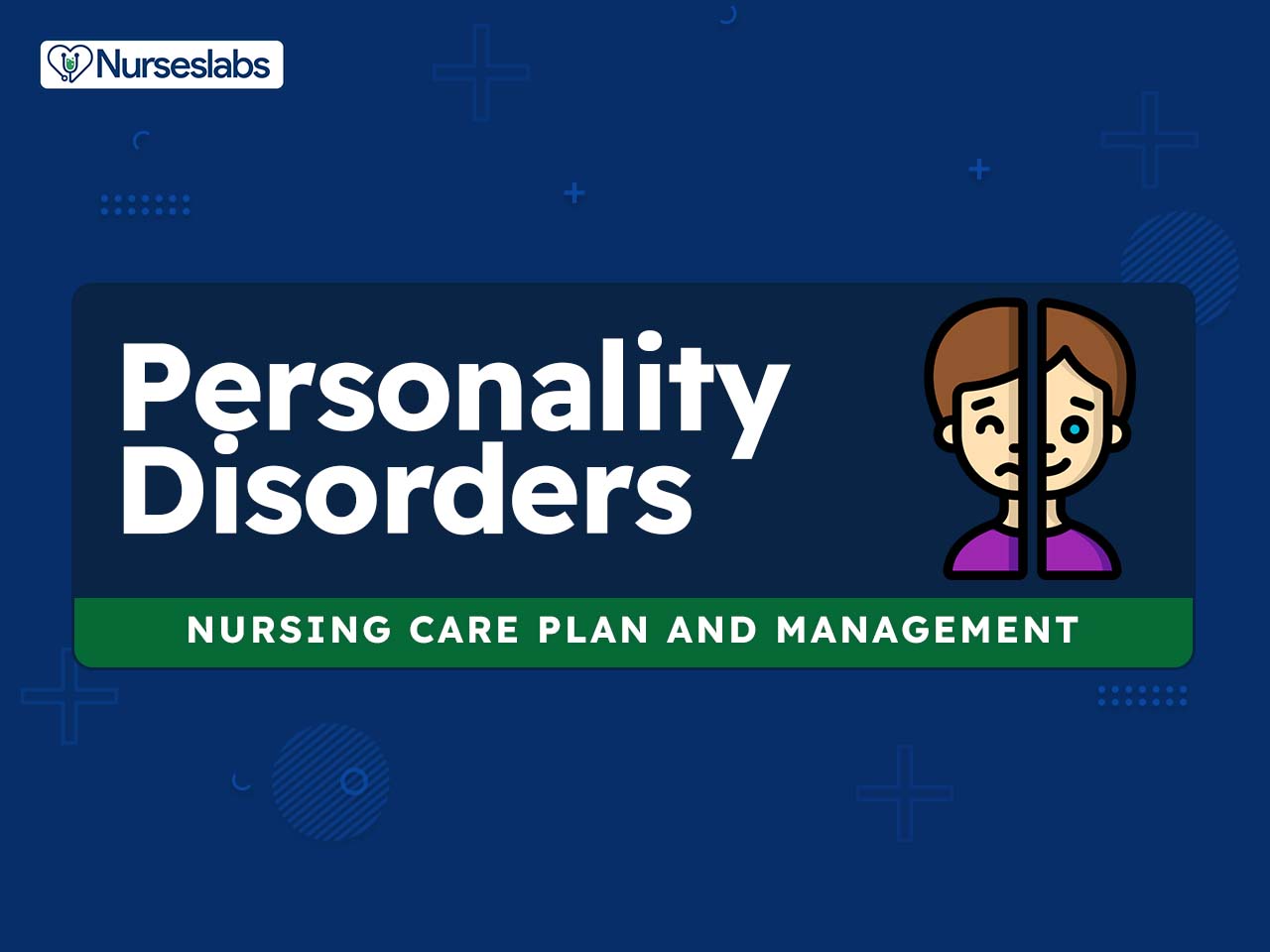

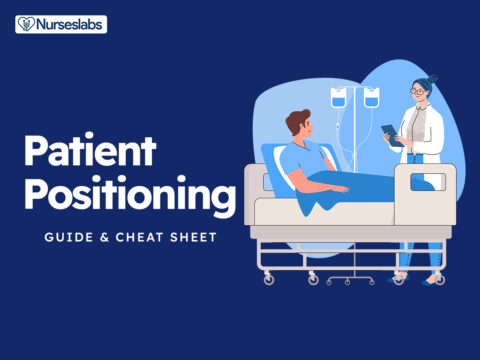
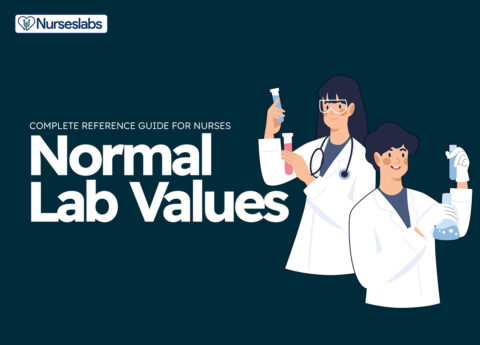

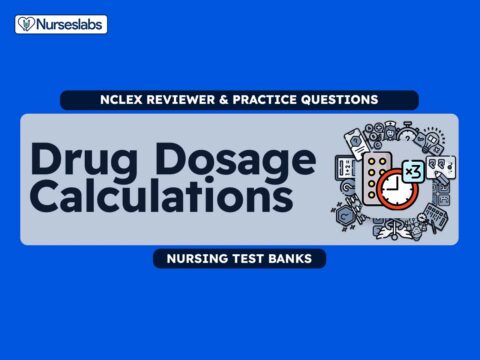



















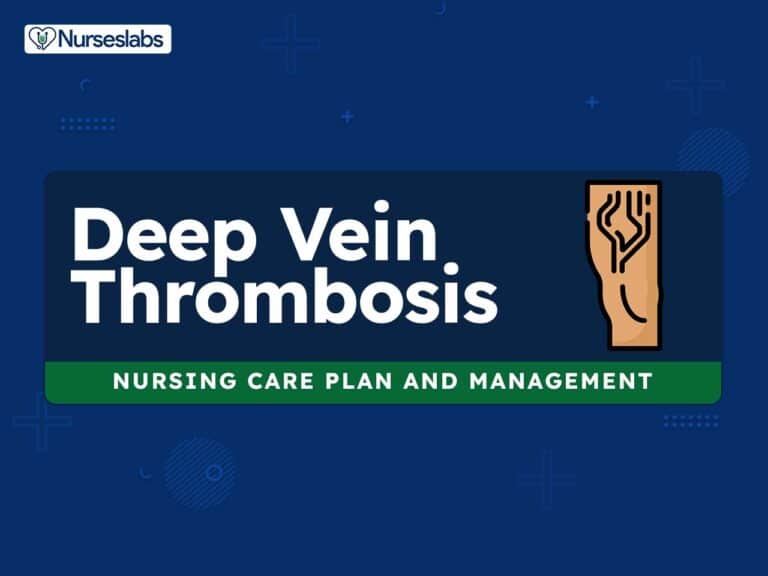
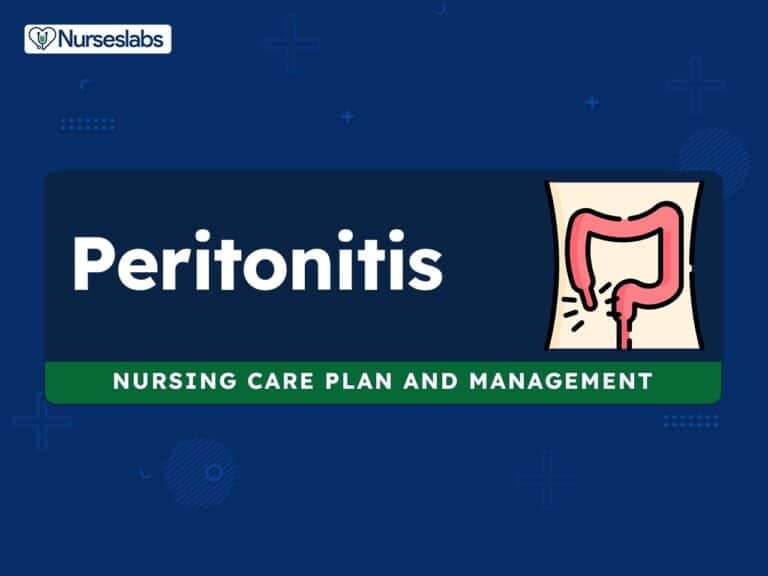
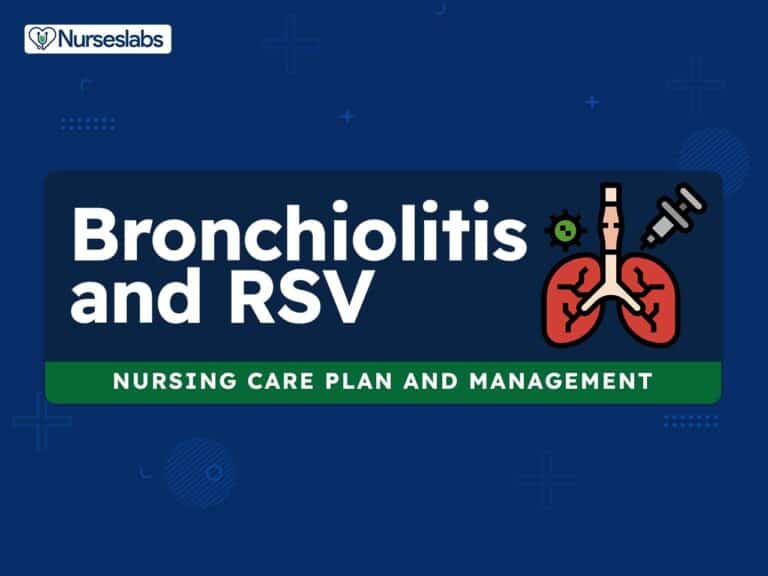
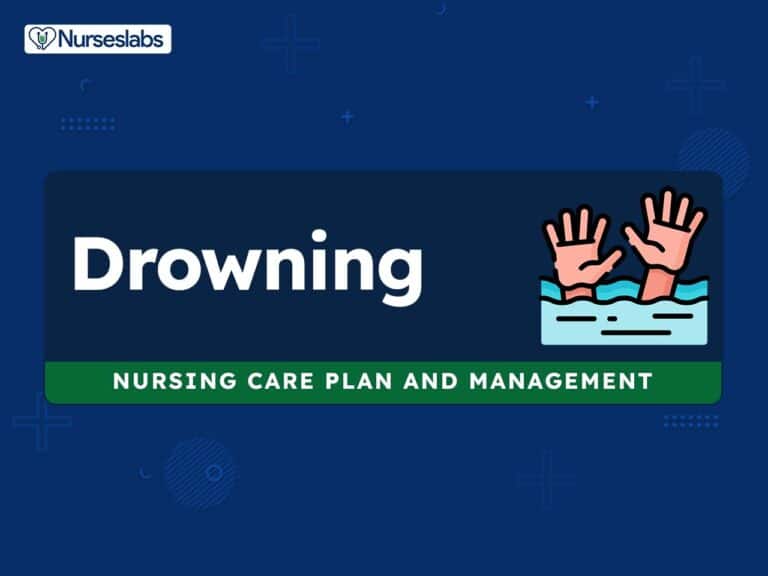
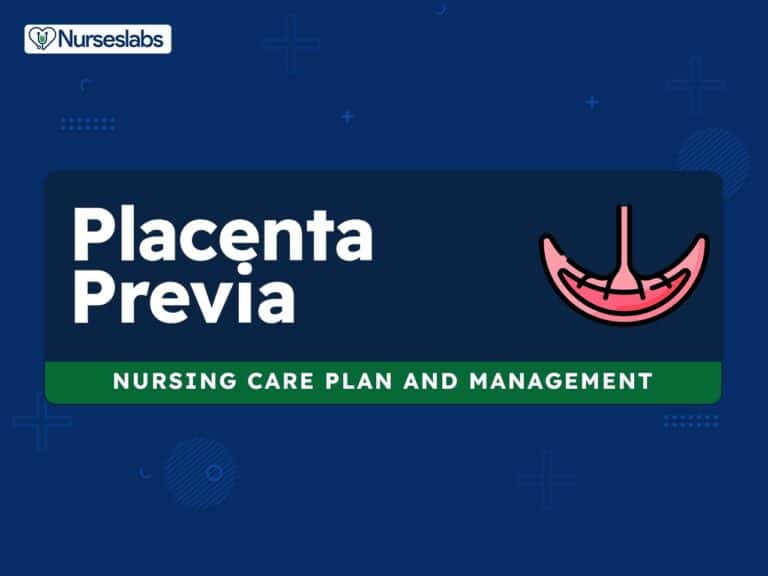
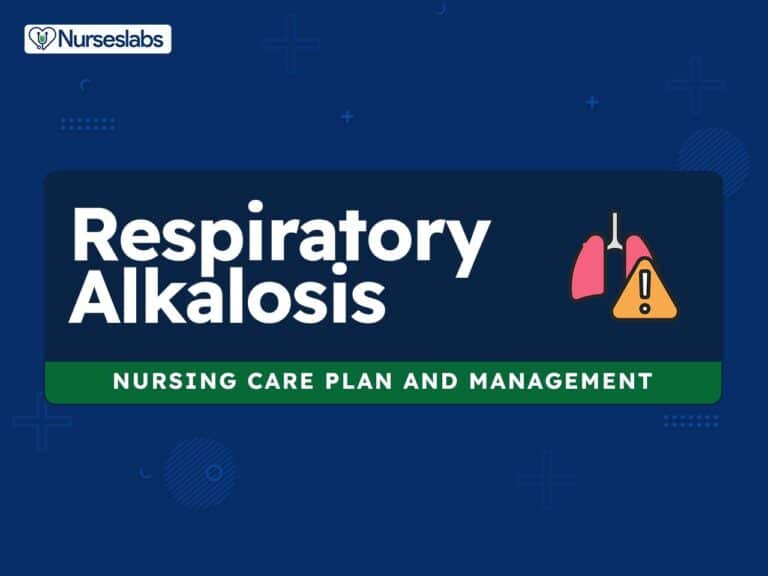
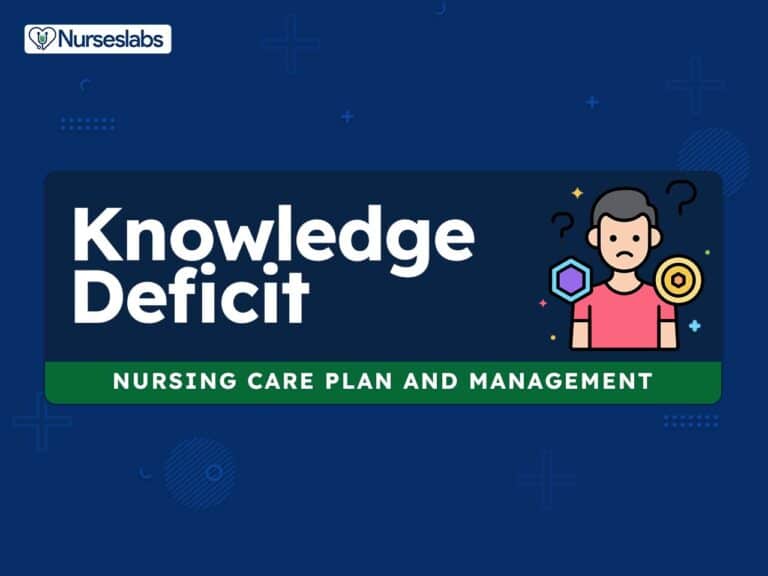
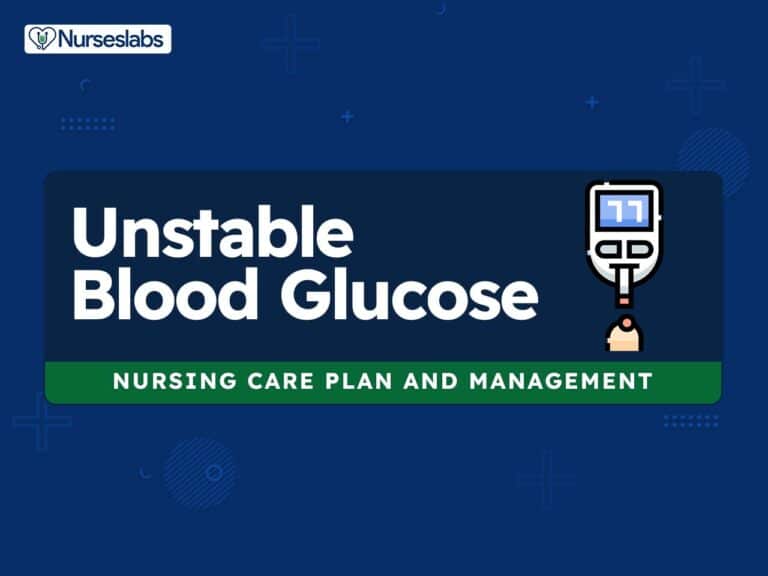
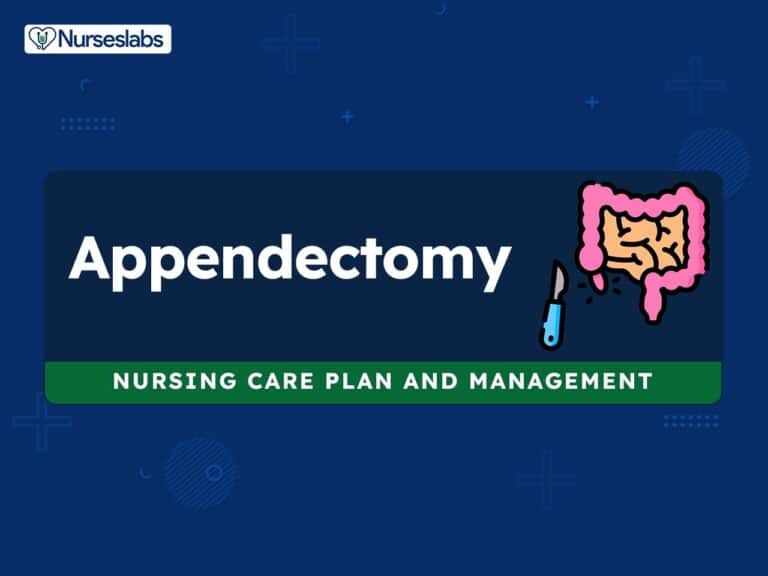

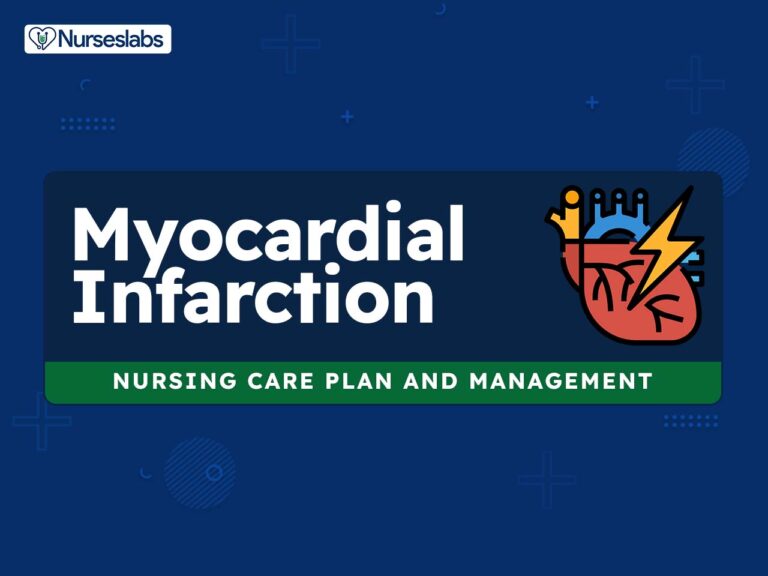
Leave a Comment